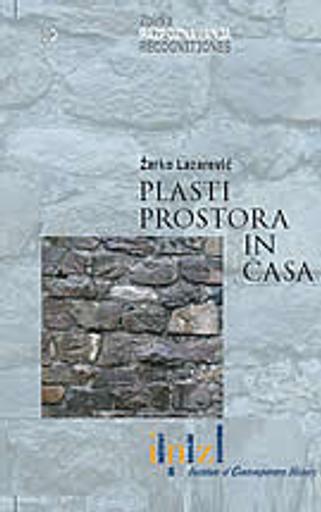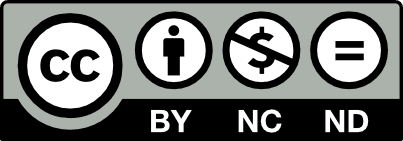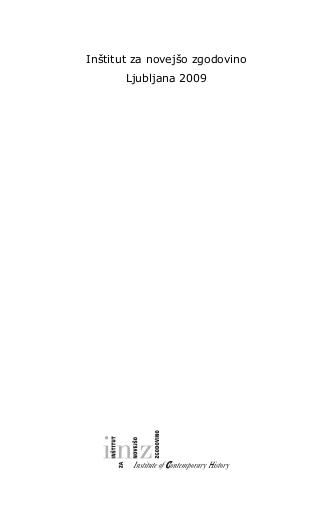/
Literatura
/
Monografije
Plasti prostora in časa
Iz gospodarske zgodovine Slovenije prve polovice 20.stoletja

Avtor(ji):Žarko Lazarević
Soavtor(ji):Borut Praper (prev.), Aleš Gabrič (ur.)
Leto:2009
Založnik(i):Inštitut za novejšo zgodovino, Ljubljana
Jezik(i):slovenščina
Vrst(e) gradiva:besedilo
Zbirk(e):Zbirka Razpoznavanja = Recognitiones ; 10
Avtorske pravice:

To delo avtorja Žarko Lazarević je ponujeno pod Creative Commons Priznanje avtorstva-Nekomercialno-Brez predelav 4.0 Mednarodna
Datoteke (1)

Ime:Plasti prostora in casa.pdf
Velikost:2.85MB
Format:application/pdf
Stalna povezava:https://hdl.handle.net/11686/file692
Opis
V monografiji Plasti prostora in časa predstavljam poti in načine prilagajanja slovenskega gospodarstva v prvi polovici 20. stoletja, v kontekstu Habsburške monarhije in jugoslovanske države do druge svetovne vojne. Monografija je razdeljena v štiri osnovna poglavja, v katerih so analitično obravnavani posamezni pojavi in procesi ekonomske in socialne transformacije ter geografske reorientacije slovenskega ekonomskega prostora.
Metapodatki (13)
- identifikatorhttps://hdl.handle.net/11686/1563
- naslov
- Plasti prostora in časa
- Iz gospodarske zgodovine Slovenije prve polovice 20.stoletja
- ustvarjalec
- Žarko Lazarević
- soavtor
- Borut Praper (prev.)
- Aleš Gabrič (ur.)
- predmet
- Slovenija
- ekonomska zgodovina
- gospodarstvo
- Slovenia
- economic history
- economics
- opis
- V monografiji Plasti prostora in časa predstavljam poti in načine prilagajanja slovenskega gospodarstva v prvi polovici 20. stoletja, v kontekstu Habsburške monarhije in jugoslovanske države do druge svetovne vojne. Monografija je razdeljena v štiri osnovna poglavja, v katerih so analitično obravnavani posamezni pojavi in procesi ekonomske in socialne transformacije ter geografske reorientacije slovenskega ekonomskega prostora.
- The presented events and phenomena from the Slovenian economic history until World War II testify to the economic changes as an integral part of the changes within a society. Namely, social and economic changes are parallel and reciprocal. They are a combination of complex, partly also contradictory and mutual relations between society and individuals, society and technology as well as society and economy in the context of a definite value system. Furthermore, they also emerge and function in a certain social, cultural, temporal and regional context. Until World War II Slovenia was, in terms of its social and economic structure, similar to the East European situation, and that became even more evident after its integration into the Yugoslav state. This was the time when the Slovenian society faced the challenges of the transition into a new and different paradigm of development, social relations and concept of economic progress. Industrialisation was the most important factor of these changes, influencing the reallocation of social power and relations, system of social values and lifestyles, as well as the landscape. It was gradual and of modest extent, limited to the exploitation of basic natural resources for decades. Even in the beginning of the 1930s the livelihood of two thirds of the Slovenian population depended on the industries based on natural resources, including agriculture – meaning technologically less demanding sectors. Only the time between both world wars brought about a somewhat faster dynamics and partial change of the industrialisation pattern.
- založnik
- Inštitut za novejšo zgodovino
- zbirka
- Zbirka Razpoznavanja = Recognitiones ; 10
- datum
- 2009
- tip
- besedilo
- jezik
- Slovenščina
- pravice
- licenca: ccByNcNd
- datotečni vir
